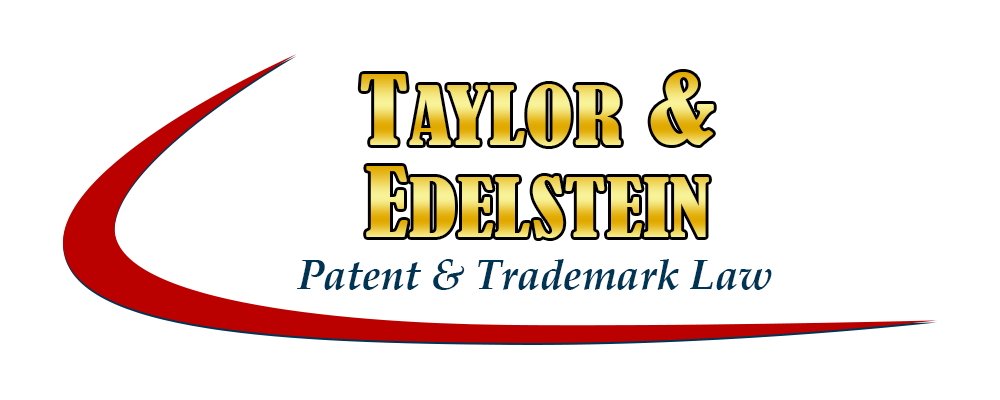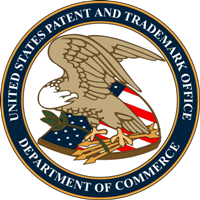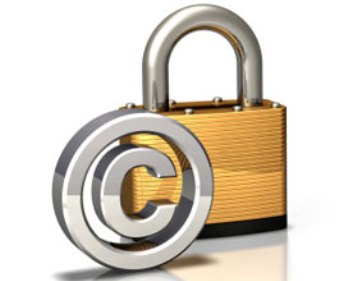How do I protect my Trade Secret?
A trade secret is any confidential business information that gives a business an advantage over its competitors by virtue of its secrecy.
Essentially, a trade secret is any information that:
- has economic value as a result of not being generally known, not just the value of the information itself;
- is not generally known, by the public or by others in the industry; and
- has been kept a secret by reasonable efforts under the circumstances.
Historically, each state had their own definition and law surrounding trade secrets. In 1979, as an effort to provide uniformity among the states, the Uniform Law Commission published the Uniform Trade Secrets Act (UTSA), last amended in 1985. Currently, 47 states along with the District of Columbia and the U.S. Virgin Islands have adopted the framework of the UTSA. Massachusetts, New York and North Carolina have not yet enacted the UTSA, but their state laws are quite similar to the UTSA.
The formal statutory definition of a trade secret, as defined by the UTSA, is any “information, including a formula, pattern, compilation, program, device, method, technique, or process, that:
(i) derives independent economic value, actual or potential, from not being generally known to, and not being readily ascertainable by proper means by, other persons who can obtain economic value from its disclosure or use, and
(ii) is the subject of efforts that are reasonable under the circumstances to maintain its secrecy.”
Types of Trade Secrets
Trade secrets fall into two categories: technical information and business information. Technical information may include design plans, engineering notes, formulas, software, methods and techniques for manufacturing. Business information may include sales methods, consumer profiles, employee profiles, marketing strategies and advertising plans.
Here are some well-known technical trade secrets:
- Coca-Cola: The most famous trade secret is probably the formula for Coca-Cola. Since its creation in 1886 the Coca-Cola formula has been kept a secret. Coca-Cola did not reveal its secret even after two judges’ orders to disclose its formula. Apparently, according to Coca-Cola’s advertising, only two people in the world know the formula.
- SpaceX: Elon Musk has mentioned that SpaceX hardly uses patents to protect its advances in rocket and space technology. For example, SpaceX has a trade secret relating to a stir welding technique that produces a substantially stiffer and lighter rocket frame, which no one has been able to accomplish before. In truth, for the only private company in the world that has ever reached the international space station, it probably makes more sense not to patent its greatest innovations because the national governments that would register its patents also happen to be the competition.
- WD40: The formula in that familiar blue-and-yellow can has been kept a trade secret since 1953. To protect the secrecy of the formula, the company mixes WD40 in three different cities around the globe and then passes it on to manufacturing.
Patent or Trade Secret protection, can’t have both simultaneously
The traditional way to protect intellectual property is to patent it. This gives a patent holder legal protection for a set period of time within a given nation. For more on patents see what is a patent [[hotkeyed to TIP patentwhatis]]. The hitch is that once the intellectual property is patented it is publicly published, making it all too easy for an unscrupulous someone in a less lawful nation to steal it.
Trade secrets are an alternative to patents, providing a different kind of protection for intellectually property. As the term suggests, the idea behind trade secrets is to keep intellectual property under such strong lock and key that no one else could ever find out about it.
Yet, how does one choose between a patent and a trade secret? Broadly speaking, information that does not meet the requirements for patentability, but does confer a business edge over the competitors should be protected as a trade secret (e.g., customer profiles). However, there are countless situations where this broad rule would not lead to the best form of intellectual property protection. As in most of life, the pros and cons must be weighed.
Trade Secret Advantages
- Trade secrets have an immediate effect
- There are no registration costs or a filing of approval
- Trade secrets do not have to be publicly disclosed to be protected, as in a patent.
- Trade secrets have the potential to be kept secret across the globe, unlike a patent which can only be protected within the countries it is registered in
- Trade secrets are not limited in time, as long as its kept secret it can continue indefinitely, unlike patents which generally last 20 years
Trade Secret Disadvantages
- Once the secret is made public, anyone that has access to it can use it legally
- Trade secrets are more difficult to enforce than a patent. Patent protection is guaranteed within a given country for a specific set of time, but trade secret protection varies significantly from country to country and may not be guaranteed at all
- There may be high costs in keeping the information secret
- Trade secrets may be patented by someone else who developed the information by legitimate means
- Anyone who reasonably reverse engineers the secret information is entitled to legally use it
If it is more costly to keep information a secret than to obtain a patent, it likely would not be worth pursuing a trade secret. When a company has a high employee turnover rate, or must have multiple employees accessing the information to successfully operate, it is most likely not beneficial to pursue a trade secret either. If however, the company is smaller or only needs to disclose the information to a few select employees, it may be advantages to keep the information as a trade secret. The best course of action is to evaluate the options, weigh the practical business ledger, and seek expert counsel.
Protecting Trade Secrets
The paramount step is to take reasonable measures to keep the information confidential. A common reasonable measure would be to inform employees, contractors, vendors, guests and other personnel of the existence of the trade secret and of the contractual duty not to disclose any information involved with the trade secret. For other precautions, a company may want to consider issuing ID badges and security clearance levels, providing security passwords for computers, files, etc., and to consider having the employees sign non-disclosure agreements and non-compete documents.
Misappropriation
Generally, misappropriation is the wrongful taking of trade secret information. As defined in the UTSA, misappropriation can occur under wrongful acquisition, wrongful use, and wrongful disclosure of a trade secret. Acquisition, use and disclosure are all tied together by a legal concept called improper means or more directly a breach of confidence. Of course a breach of confidence includes unlawful acts (e.g., industrial espionage), but it can also include otherwise lawful conduct which is improper under the circumstances. For instance, the act may have occurred inadvertently. An inadvertent act may suffice to avoid criminal charges, but the UTSA does not require a wrongful intent to impose civil liability.
It is important to note that use of a trade secret is not always determinative of misappropriation. The information may have been obtained through lawful means such as independent disclosure, employee poaching, or reverse engineering.
Enforcing Trade Secrets
Enforcing trade secrets may be more difficult than enforcing patents, nonetheless trade secrets can be enforced in both civil and criminal law. These are the essential elements to a trade secret case:
- The information involved must have qualified for trade secret status, i.e. not generally known to the public, has a quantifiable benefit as a secret and was reasonably kept as a secret.
- The trade secret must be shown to have been reasonably protected as a secret.
- It must be proven that the information was wrongfully acquired and misappropriated by another.
- Damages must have occurred to the holder of the trade secret as a result of the misappropriation, and a quantifiable remedy must be proven.
Remedies
The UTSA provides an extensive list of remedies for trade secret misappropriation. If tried as a civil case, the court may order monetary damages, attorney fees or injunctive relief. In a criminal case, depending on if the violation is a misdemeanor or felony it may merit a fine, imprisonment or both.
Monetary damages may include both compensatory damages for the loss caused and punitive damages for the benefit obtained on the defendant as a result of the misappropriation. Injunctive relief may include stopping the defendant from further disclosing the trade secret or from using the benefits of the trade secret. Criminal charges for trade secret misappropriation may come from state statutes or from federal statutes. The federal National Stolen Property Act, the Economic Espionage Act (EEA) and the Racketeer Influenced and Corrupt Organizations Act (RICO) all criminalize trade secret misappropriation in some form.
A trade secret holder seeking a remedy should consult with expert counsel to decide between a balance of civil and criminal remedies.



